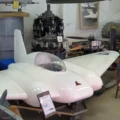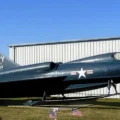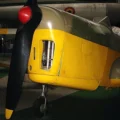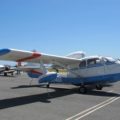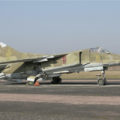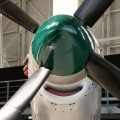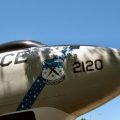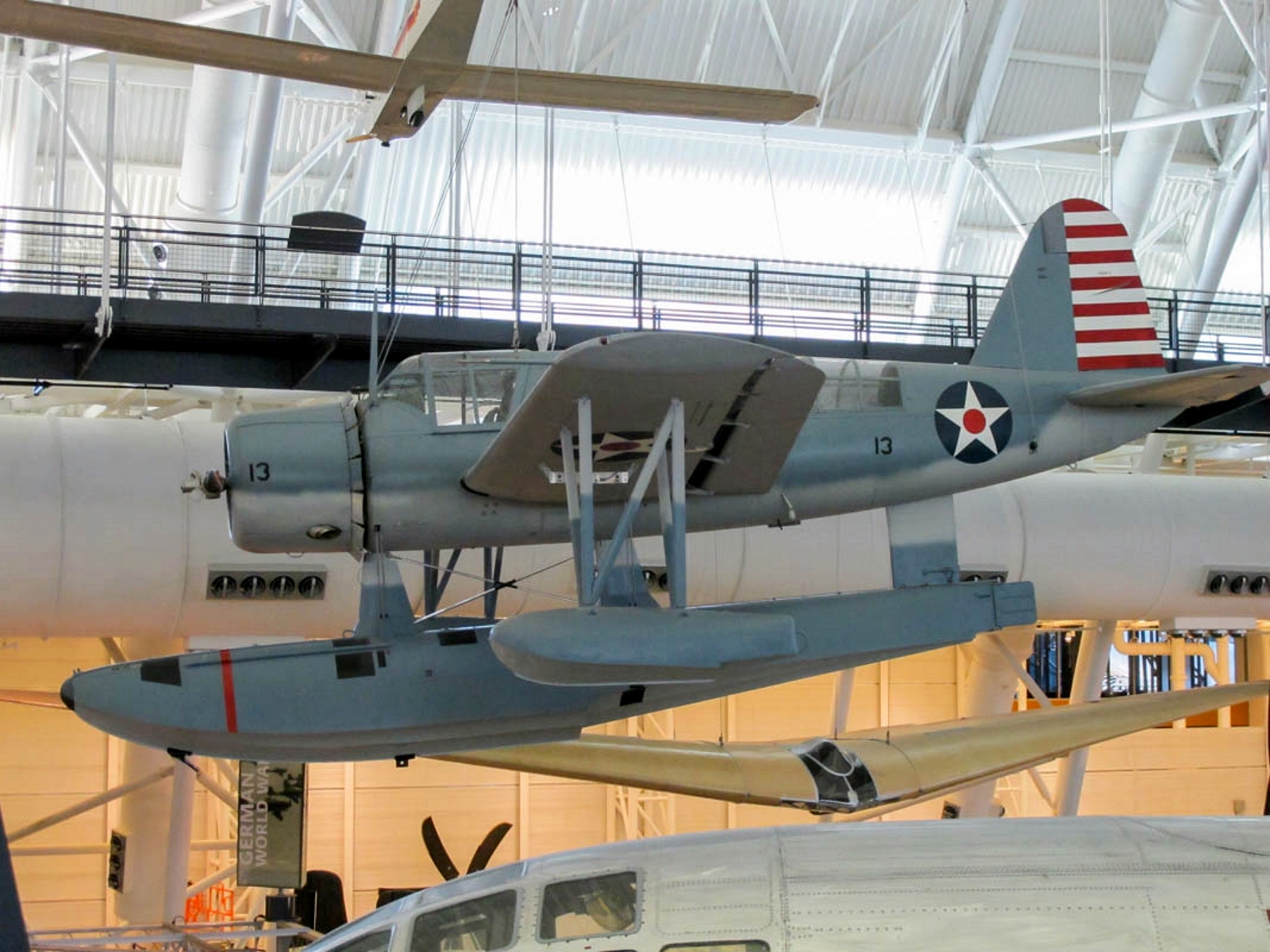
Vought OS2U Kingfisher | |
|---|---|
| Country | USA |
| Role | Observation floatplane |
| First flight | 1938 |
| Built | 1519 |
The Vought OS2U Kingfisher was an American catapult-launched observation floatplane. It was a compact mid-wing monoplane, with a large central float and small stabilizing floats. Performance was modest, because of its light engine. The OS2U could also operate on fixed, wheeled, taildragger landing gear. The OS2U was the main shipboard observation aircraft used by the United States Navy during World War II, and 1,519 of the aircraft were built. It served on battleships and cruisers of the US Navy, with the United States Marine Corps in Marine Scouting Squadron Three (VMS-3), with the United States Coast Guard at coastal air stations, at sea with the Fleet Air Arm of the Royal Navy, and with the Soviet Navy. The Royal Australian Air Force also operated a few Kingfishers from shore bases.
| Vought OS2U-3 Kingfisher Walk Around | |
|---|---|
| Photographer | Vladimir Yakubov |
| Localisation | National Air & Space Museum |
| Photos | 100 |
| Kingfisher Walk Around | |
|---|---|
| Photographer | Jose Brito |
| Localisation | Unknow |
| Photos | 17 |
| Vought OS2U-3 Kingfisher Walk Around | |
|---|---|
| Photographer | Unknow |
| Localisation | Unknow |
| Photos | 18 |
See also:
Technical Specifications of the Vought OS2U Kingfisher
The Vought OS2U Kingfisher was an American observation floatplane that served in World War II. It was catapult-launched from battleships and cruisers and could also operate on land with fixed landing gear. It had a distinctive mid-wing monoplane design with a large central float and small stabilizing floats. It was also equipped with deflector plate flaps and drooping ailerons to increase lift and reduce landing speed.
Some of the technical specifications of the OS2U Kingfisher, based on various sources.
| Specification | Value |
|---|---|
| Manufacturer | Vought |
| Role | Observation floatplane |
| First flight | 1938 |
| Number built | 1,519 |
| Crew | 2 (pilot and radio operator/gunner) |
| Engine | Pratt & Whitney R-985-4 Wasp Junior radial engine, 450 hp |
| Wingspan | 10.97 m (36 ft) |
| Length | 10.24 m (33 ft 10 in) |
| Height | 4.6 m (15 ft 1 in) |
| Weight (empty) | 1,870 kg (4,123 lb) |
| Weight (loaded) | 2,540 kg (5,600 lb) |
| Maximum speed | 264 km/h (164 mph) |
| Cruise speed | 188 km/h (117 mph) |
| Range | 1,610 km (1,000 mi) |
| Ceiling | 3,780 m (12,400 ft) |
| Armament | One 7.62 mm (0.30 in) Browning M1919 machine gun for the pilot One or two 7.62 mm (0.30 in) machine guns on a flexible mount for the radio operator/gunner Two 45 kg (100 lb) bombs or two 147 kg (325 lb) depth charges |
The Vought OS2U Kingfisher was a versatile and reliable observation floatplane that served the U.S. Navy and its allies during World War II. It was designed by Rex Beisel, who also created the famous Vought F4U Corsair fighter. The Kingfisher was a compact mid-wing monoplane with a large central float and two smaller wing-mounted floats. It could also operate from land with a conventional wheeled landing gear.
The Kingfisher had a single Pratt & Whitney R-985 radial engine that produced 450 horsepower, giving it a maximum speed of 264 km/h and a range of 1,300 km. It had a crew of two: a pilot and an observer/gunner. The pilot had a fixed forward-firing machine gun, while the observer had one or two flexible machine guns on a ring mount. The Kingfisher could also carry bombs or depth charges for anti-submarine missions.
The Kingfisher was catapult-launched from battleships and cruisers, and could be recovered by crane or by landing alongside the ship. It performed various roles, such as scouting, directing naval gunfire, rescuing downed airmen, and anti-submarine patrols. It was also used by the U.S. Coast Guard, the U.S. Marine Corps, and several foreign air forces, including the Royal Navy, the Royal Australian Air Force, and the Soviet Navy.
The Kingfisher was produced from 1940 to 1945, with a total of 1,519 units built. It was retired from service in 1959 by Cuba, the last operator. It is considered one of the most successful observation floatplanes of all time.
Views : 7059




